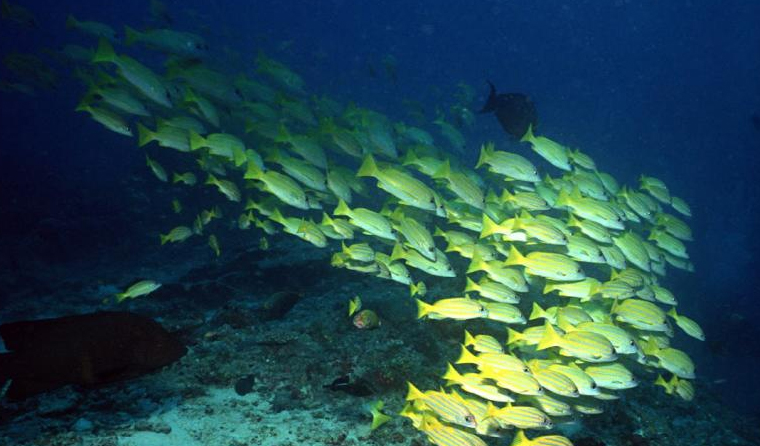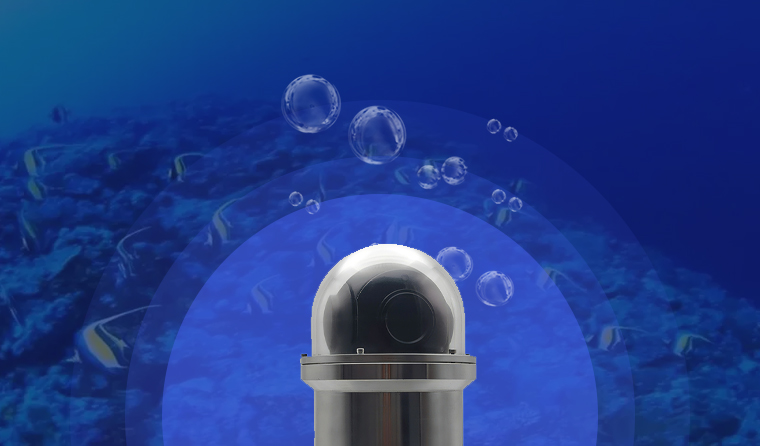
The visibility of underwater breeding cameras is not a fixed value. It is mainly affected by three factors: water transparency, lighting conditions, and equipment lens parameters. The actual effective observation range is usually between 0.5 meters and 15 meters. Targeted optimization based on breeding scenarios is required to improve monitoring effects.
First of all, water transparency is a fundamental influencing factor. In clear freshwater ponds or deep-sea breeding areas (with few suspended solids and clean water), the visibility can reach 8-15 meters, allowing clear capture of details such as fish swimming and feeding; in inshore mariculture areas (containing plankton and sediment), the water transparency decreases, and the visibility is mostly 3-8 meters. In case of heavy rain or turbid water after feeding, the visibility may drop sharply to 0.5-2 meters, and only the outline of nearby objects can be identified. In addition, algae reproduction and residual bait accumulation in the breeding area will also continuously reduce water transparency, indirectly shortening the visible range of the camera.
Secondly, lighting conditions directly determine visibility at different times. When natural light is sufficient during the day, the visibility is 3-5 times higher than that at night. For example, the visibility in clear water can reach 15 meters during the day, but only 5 meters may be observed at night; if the water depth in the breeding area exceeds 10 meters, the penetration ability of natural light weakens, and the visibility during the day will be 20%-30% lower than that in shallow water areas. At this time, it is necessary to rely on the camera's infrared night vision function or fill light system: cameras with infrared function can have a night visibility of 3-8 meters, while models equipped with LED fill lights can also increase the visibility to 2-5 meters in turbid water through local fill light.

Finally, equipment lens parameters affect the upper limit of visibility. The focal length and aperture size of the lens are key: wide-angle lenses (focal length 8-12mm) have a wide field of view, suitable for short-distance and large-range observation, and their visibility is more stable in turbid water; telephoto lenses (focal length above 25mm) are suitable for long-distance detail capture, but have high requirements for water transparency, and the visibility will drop significantly if the water is slightly turbid. At the same time, the light transmittance of the lens is also important. Models using sapphire glass lenses have a light transmittance 15%-20% higher than ordinary glass, and have a more obvious advantage in visibility in low-light environments.
In addition, daily maintenance also affects visibility: algae and sludge attached to the lens surface will directly block the line of sight. It is recommended to clean the lens with a soft cloth every week to ensure unobstructed light transmission. To sum up, the visibility of underwater breeding cameras needs to be dynamically adjusted according to the scenario. By selecting the right lens, optimizing lighting, and doing a good job in maintenance, the effective visibility can be stabilized within the target monitoring range to meet the needs of breeding observation.
For more information about underwater aquaculture camera, please visit the homepage.

